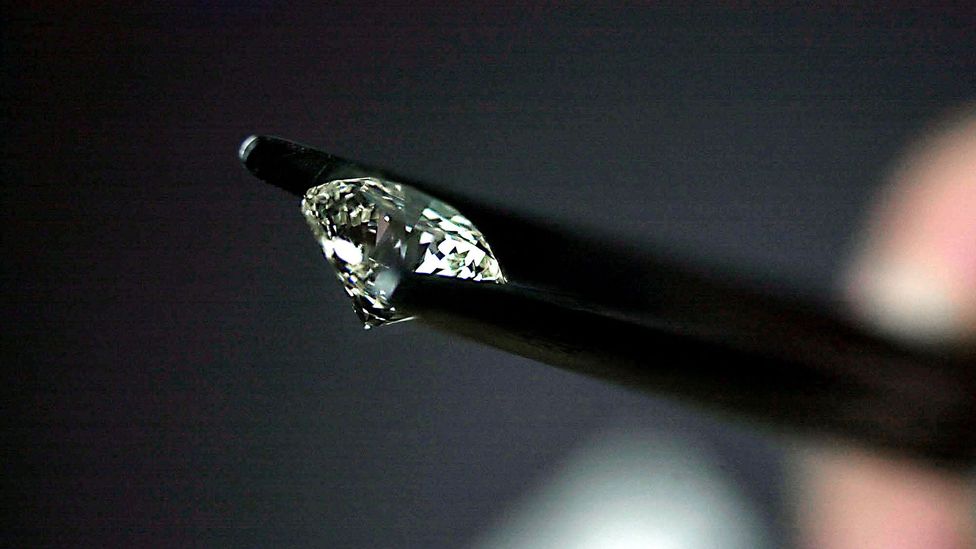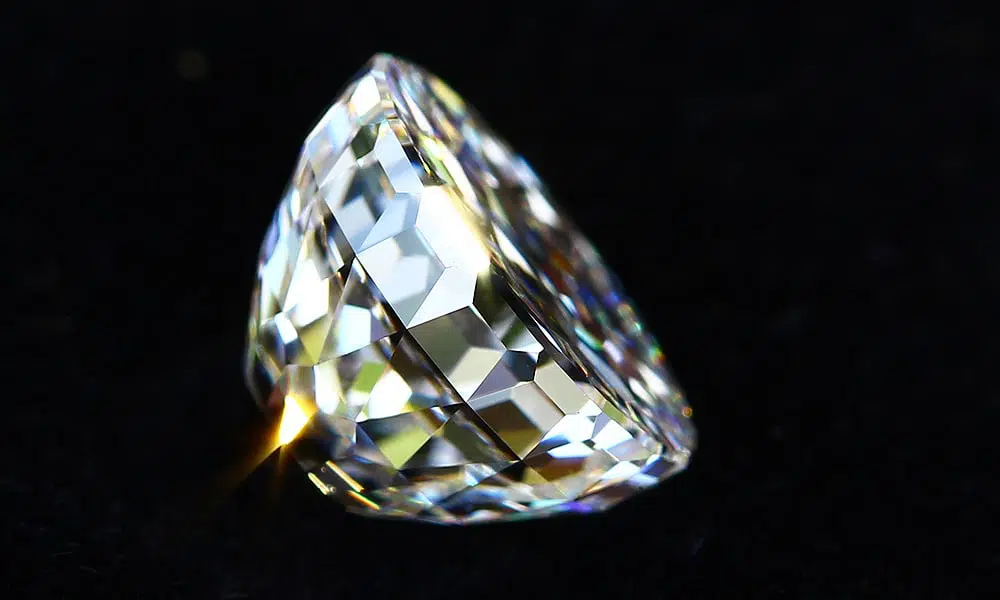The diamond industry is one of the most lucrative industries in the world, but it has undergone an evolution over the past few decades as ethical sourcing becomes increasingly important. From mining to retail, there have been significant changes that are transforming how diamonds are sourced and sold.
This article will explore these developments and investigate why ethical sourcing is so crucial for the diamond industry’s future success. By looking at the history of this transformation and examining its current status, we can gain a better understanding of what lies ahead for one of our planet’s most precious resources.
Ethical Sourcing:

1. Understanding Ethical Supply Chain Practices
When it comes to understanding ethical supply chain practices in the diamond industry, businesses must be proactive about adopting measures that reduce their environmental impact and ensure better working conditions for laborers. This means assessing any potential risks associated with sourcing diamonds from certain areas of the world or using particular mining methods.
Businesses should also consider ways to reduce energy consumption and water pollution by implementing sustainable production processes and investing in renewable energy sources. Additionally, they must work closely with local communities to ensure fair wages and safe working environments for employees involved in diamond mining operations.
Companies can further improve their ethical standards by being transparent about their business practices, monitoring labor conditions regularly, and advocating for human rights both locally and globally. With these key steps taken into account, organizations can create an ethical supply chain within the diamond industry that is beneficial for all stakeholders involved—from multinational corporations down to individual miners.
2. The Benefits of Social Responsibility
The benefits of social responsibility in the diamond industry are vast. By taking responsibility for ethical sourcing, businesses ensure that diamonds come from conflict-free and environmentally friendly sources.
This protects human rights and helps minimize harm to the environment by reducing illegal mining practices. Furthermore, being socially responsible can help boost consumer confidence and trust in a company’s image as well as its products, which can ultimately increase profits over time.
Additionally, it encourages other members of the industry to do better when it comes to sustainable production and ethical sourcing standards. Finally, having good environmental policies is not only beneficial for people but also for nature itself; this will have a positive impact on future generations who depend on natural resources for their survival.
Diamond Industry Evolution:

1. Historical Trends in Diamond Production & Distribution
The diamond industry has undergone many changes over the years. From its humble beginnings as a rare and valuable commodity, diamonds have become a staple of jewelry stores around the world.
As demand for diamonds skyrocketed in recent decades, so too did production and distribution methods evolve to meet that need. Historically, diamonds were sourced from mines located primarily in Africa and India.
These sources provided much of the global market with its raw materials until the 1970s when synthetic stones began to be produced on an industrial scale. This increased availability of man-made alternatives led to a decrease in prices for natural diamonds while still allowing retailers and consumers access to these precious stones at affordable costs.
At the same time, large corporate entities began investing heavily in diamond mining operations across Africa and other parts of Asia leading to greater efficiency in production processes which further contributed to lower costs per carat mined than ever before seen before. Additionally, advances made in sorting technologies allowed producers greater control over quality assurance procedures thereby greatly increasing consumer confidence when purchasing these gems from reputable sellers throughout the world.
Overall, this revolutionized how diamond production and distribution worked creating more efficient markets with higher standards for ethical sourcing practices – something that is becoming increasingly important within today’s modern jewelry industry as customers become more aware of their buying decisions’ impact on wider society.
2. Technological Advancements in Mining and cutting Technologies
The advancement of mining and cutting technologies has revolutionized the diamond industry, allowing producers to source diamonds ethically from a variety of sources. By combining traditional handcrafting techniques with modern technology, miners are now able to identify and extract natural diamonds much more efficiently than ever before.
High-tech machinery enables workers to sort through large quantities of mined material quickly and accurately while extracting only the highest quality gems. This ensures that all mined materials meet ethical standards for sourcing as well as providing consumers with a larger selection of beautiful stones.
In addition, advanced laser cutting tools allow artisans to shape each diamond precisely into its desired form without sacrificing quality or strength in any way. Together, these technological advancements make it possible for producers within the diamond industry to source responsibly while still producing stunning jewelry pieces meant to last a lifetime.
Conclusion

The diamond industry has seen an evolution in ethical sourcing practices. With the growth of consumer demand for conflict-free diamonds, companies have committed to higher standards when it comes to sustainability and traceability from mine to market.
This is a great step forward in the industry, as it helps ensure that engagement rings and other jewelry items are made with responsibly sourced materials. As this trend continues, we can expect further advancements toward more ethical sourcing for all diamonds used within the jewelry trade.




